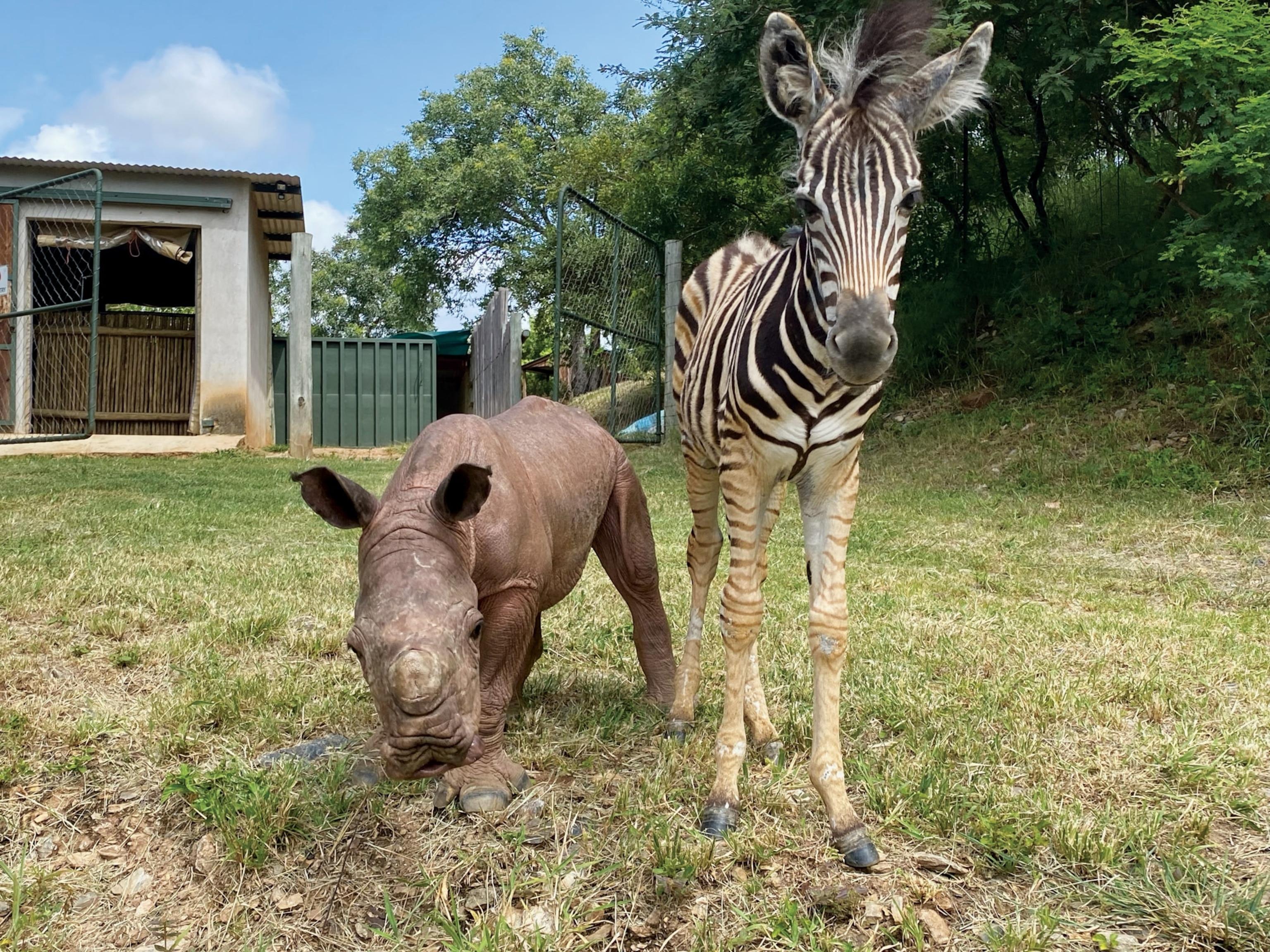
Chevy Opts In to Fledgling Carbon Market Aimed at Saving U.S. Grasslands
Chevrolet has made the first purchase in a U.S. government-backed carbon market that aims to reduce greenhouse gas emissions and protect Midwestern grasslands, the Department of Agriculture announced Monday.
The automaker’s purchase of carbon credits is helping to prevent 11,000 acres of prairies from becoming cropland. The idea is to fight climate change through conservation—the tillage of land for crops releases carbon dioxide into the atmosphere, but protected grassland sequesters carbon by capturing it from the atmosphere and storing it in the soil. The credits Chevrolet purchased from North Dakota landowners, for example, are equivalent to almost 40,000 metric tons of carbon dioxide.
“The idea behind this project is to create a market that rewards landowners for stewardship, where they’re not just producing agricultural products but producing environmental benefits,” said Robert Bonnie, the USDA Under Secretary for Natural Resources and Environment.
How does the market work?
To participate in carbon market, landowners voluntarily set aside grassland that might otherwise be used for crops. The emissions avoided are quantified and counted as carbon credits, using methodology developed by Ducks Unlimited with USDA seed money. Companies can then purchase the credits to reduce their carbon footprint or, in Chevy’s case, global carbon emissions in general.
What’s the impact?
Chevrolet’s purchase is equivalent to taking 5,000 cars off the streets, according to Agriculture Secretary Tom Vilsack. The fact that an automaker is the first to purchase credits in the system makes sense: The use of energy for transportation, after all, is a key contributor to greenhouse gas emissions in the U.S., second only to the generation of electricity. The grassland protected by the purchase, while sequestering carbon, will continue to provide habitat for waterfowl and other native wildlife.
What’s the potential?
Though the program has existed since October of last year, Chevy marks the first sale in grassland conservation carbon market.
“Our hope is that Chevy brings credibility for this project,” said Bonnie, adding that the car giant’s purchase may encourage others to buy into this and other USDA programs that could help save millions of acres of Midwestern grasslands.
Related Topics
You May Also Like
Go Further
Animals
- Orangutan seen using plants to heal wound for first timeOrangutan seen using plants to heal wound for first time
- What La Palma's 'lava tubes' tell us about life on other planetsWhat La Palma's 'lava tubes' tell us about life on other planets
- This fungus turns cicadas into zombies who procreate—then dieThis fungus turns cicadas into zombies who procreate—then die
- How can we protect grizzlies from their biggest threat—trains?How can we protect grizzlies from their biggest threat—trains?
Environment
- What La Palma's 'lava tubes' tell us about life on other planetsWhat La Palma's 'lava tubes' tell us about life on other planets
- How fungi form ‘fairy rings’ and inspire superstitionsHow fungi form ‘fairy rings’ and inspire superstitions
- Your favorite foods may not taste the same in the future. Here's why.Your favorite foods may not taste the same in the future. Here's why.
- Are the Great Lakes the key to solving America’s emissions conundrum?Are the Great Lakes the key to solving America’s emissions conundrum?
- The world’s historic sites face climate change. Can Petra lead the way?The world’s historic sites face climate change. Can Petra lead the way?
History & Culture
- Meet the ruthless king who unified the Kingdom of Hawai'iMeet the ruthless king who unified the Kingdom of Hawai'i
- Hawaii's Lei Day is about so much more than flowersHawaii's Lei Day is about so much more than flowers
- When treasure hunters find artifacts, who gets to keep them?When treasure hunters find artifacts, who gets to keep them?
Science
- Why ovaries are so crucial to women’s health and longevityWhy ovaries are so crucial to women’s health and longevity
- Orangutan seen using plants to heal wound for first timeOrangutan seen using plants to heal wound for first time
Travel
- Is it possible to climb Mount Everest responsibly?Is it possible to climb Mount Everest responsibly?
- 5 of Uganda’s most magnificent national parks
- Paid Content
5 of Uganda’s most magnificent national parks - On this Croatian peninsula, traditions are securing locals' futuresOn this Croatian peninsula, traditions are securing locals' futures




